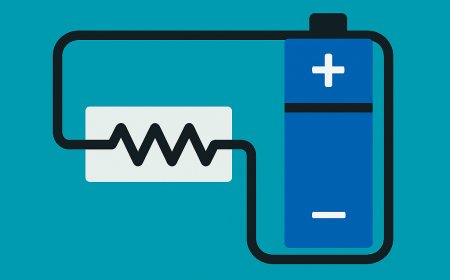Variables in Research: Breaking Down the Essentials of Experimental Design
Understanding the role of variables in research is essential for designing and conducting experiments that produce accurate and reliable results. Learn about the different types of variables and how they are used in experimental design, with examples of independent and dependent variables

Variables are the building blocks of scientific inquiry, representing the factors or characteristics that can change or vary within an experiment or study. A deep understanding of variables is crucial for designing, conducting, and analyzing research effectively. In this article, we break down the complex concept of variables in scientific research, offering insights into their roles and functions, along with examples of independent and dependent variables.
In scientific research, variables serve several key functions:
Establish Comparisons: By manipulating and comparing variables, scientists can assess the impact of specific factors on the results of an experiment or study, helping to establish cause-and-effect relationships.
Facilitate Measurement: Variables serve as the basis for measurement and data collection in research, enabling researchers to quantify and analyze the changes and patterns that occur during the course of an investigation.
Support Hypothesis Testing: By identifying and examining relevant variables, scientists can develop and test hypotheses, advancing knowledge and understanding within their field.
Independent and Dependent Variables
At the core of any scientific investigation are two primary types of variables: independent and dependent variables. These variables are crucial for defining the relationships between factors within an experiment or study and determining the cause-and-effect relationships that underpin scientific knowledge.
Independent Variables: An independent variable is a factor or characteristic that the researcher manipulates or controls in an experiment or study. It is the presumed cause of any changes observed in the dependent variable. In other words, the independent variable is the variable that the researcher believes will have an impact on the outcome of the study.
Example: In a study investigating the effect of different levels of sunlight exposure on plant growth, the independent variable would be the amount of sunlight each plant receives. The researcher would manipulate the sunlight exposure by placing plants in different locations or using artificial light sources to create varying levels of sunlight.
Dependent Variables: A dependent variable is a factor or characteristic that the researcher measures to determine the impact of the independent variable. It is the presumed effect or outcome of the changes in the independent variable. In essence, the dependent variable is the variable that the researcher expects to change as a result of manipulating the independent variable.
Example: In the previously mentioned study on plant growth, the dependent variable would be the growth of the plants, which might be measured in terms of height, number of leaves, or overall biomass. The researcher would collect data on these variables to determine the impact of varying sunlight exposure on plant growth.
Understanding the interplay between independent and dependent variables is crucial for designing and conducting effective scientific research. By carefully selecting, manipulating, and measuring variables, scientists can establish cause-and-effect relationships, test hypotheses, and contribute to the advancement of knowledge within their field.
In conclusion, variables play a central role in scientific research, serving as the foundation for understanding and exploring the relationships between different factors and characteristics within an experiment or study. By mastering the art of identifying and analyzing variables, scientists can develop a more comprehensive and nuanced understanding of the complex phenomena that govern the world around us.
Control and Confounding Variables
In addition to independent and dependent variables, researchers must also consider other types of variables that can impact the outcome of a study:
Control Variables: Control variables are factors or characteristics that the researcher keeps constant or controls to ensure that they do not influence the relationship between the independent and dependent variables. By maintaining consistent control variables, researchers can isolate the effects of the independent variable on the dependent variable, strengthening the validity of the study.
Example: In the plant growth study, the researcher might control variables such as soil type, temperature, and water supply to ensure that the observed effects on plant growth are solely due to differences in sunlight exposure.
Confounding Variables: Confounding variables are factors or characteristics that can influence the relationship between the independent and dependent variables, potentially leading to incorrect conclusions about cause-and-effect relationships. Identifying and controlling for confounding variables is crucial for ensuring the validity and reliability of research findings.
Example: In the plant growth study, an uncontrolled confounding variable could be the presence of pests that affect plant growth differently in each sunlight condition. If not accounted for, the effect of pests may be mistakenly attributed to sunlight exposure, leading to inaccurate conclusions.
By understanding the different types of variables and their roles in scientific research, scientists can develop more robust and accurate research designs, ensuring that their findings contribute meaningfully to the advancement of knowledge in their field.
In summary, a firm grasp of the concept of variables in scientific research is vital for designing, conducting, and analyzing studies effectively. By comprehending the intricate interplay between independent and dependent variables, as well as the importance of control and confounding variables, scientists can enhance the validity and reliability of their research, driving progress and innovation within their disciplines.
Disclaimer: The image(s) featured in this article are for illustrative purposes only and may not directly depict the specific concepts, situations, or individuals discussed in the content. Their purpose is to enhance the reader's understanding and visual experience. Please do not interpret the images as literal representations of the topics addressed.
What's Your Reaction?













































































































